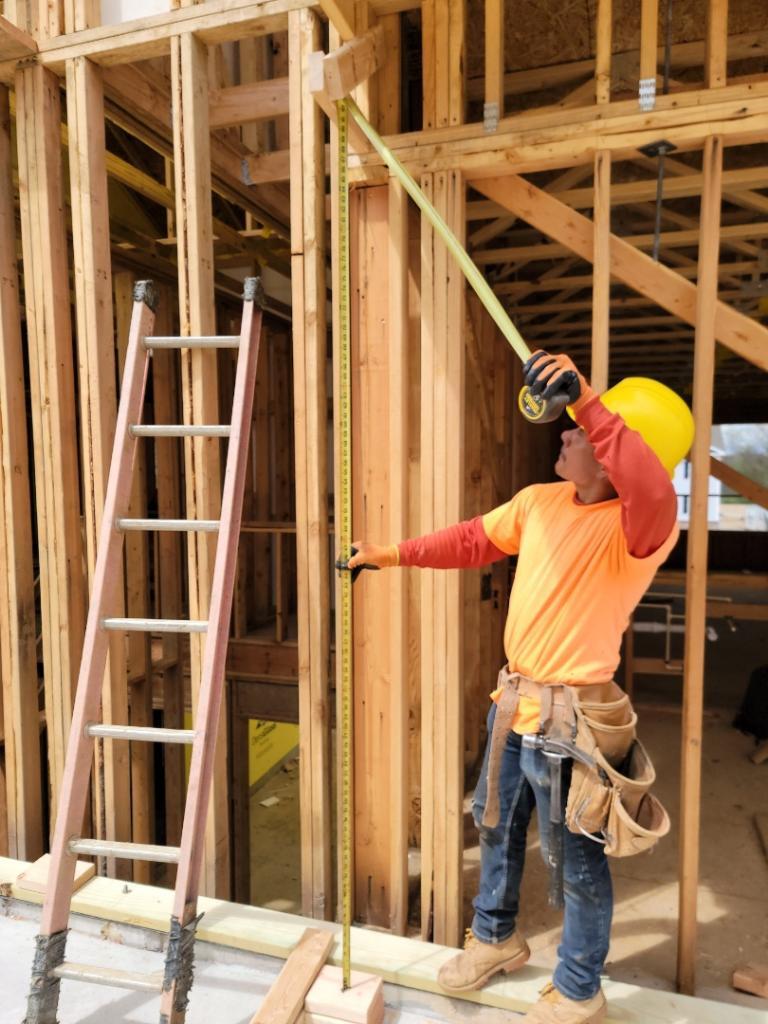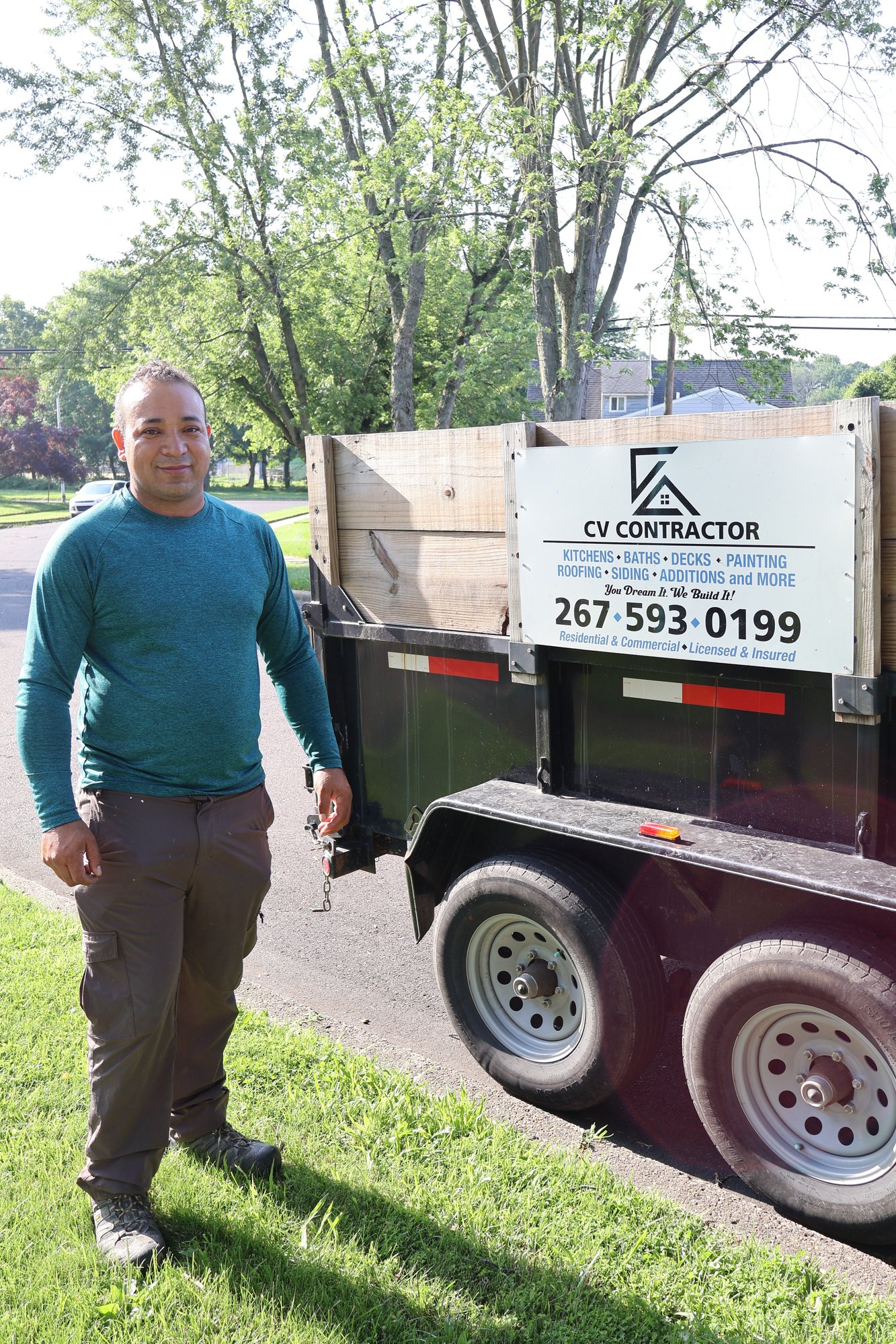Break Free from Property Maintenance Stress
Stop letting property maintenance consume your precious time. Connect with licensed professionals who handle everything while you focus on what matters most to you.
Are You A Service Provider?
Check out PoweredByPMC Provider here.
Your Path to Property Freedom
Submit
Share Your Property Goals - Don't be afraid to tell us all the details
Connect
Connect with Experts Ready to Reclaim Your Day.
Project
Fast Quotes, Immediate Relief.
How Valuable Is Your Time?
Serving Greater Philadelphia Area
With a focus on Bucks County.
All contractors are licensed and insured professionals throughout the region
Your Freedom Features

We're Here To Help 24/7
Never Lose Sleep Over Property Emergencies Again. 24/7 Support means you can rest easy knowing help is always one call away, even at 3 AM.
Service Reporting
Stay in control without the stress. Service Reports keep you informed without the constant worry about project progress or surprise issues.


Licensed and Insured Pros
Peace of Mind Guaranteed. Every Professional is licensed and insured, so you can focus on your life instead of worrying about the liabilityity or quality.
The network of teams at PMC were unbelievable. We utilized 4-6 different teams of specialists... To have the consistent correspondence with one entity was immeasurably helpful... with the various objectives needed to be done in <10 days, I'm grateful I didn't have to individually reach out with several different companies.
"Chris did a great job... connecting us with three potential contractors... Sue and I could not be more happy with the results... I would highly recommend Chris's company to anyone considering having work done."
Do You Want to Streamline Your Property?
Book a call with us today to learn more!
